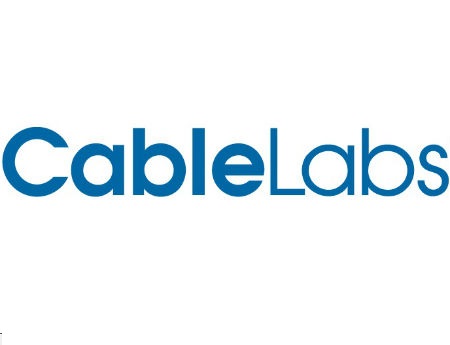CableLabs Eyes Coherent Tech to Give HFC Networks a Future-Proofing Capacity Boost

Keeping tabs on future demands of the access network, CableLabs said it has adapted coherent technology, in use for decades for long-haul networks, to work with short-haul access networks.
As a potential future-proofing option, this application of coherent technology could put MSOs in position to mine more capacity out of their HFC networks, by “more than 1,000 times,” Alberto Campos, distinguished technologist at CableLabs, said in this blog post about the work, noting that the R&D house has already demonstrated a 50x capacity bump over what analog optics can achieve today on 80 kilometers of fiber.
He said the approach, paired with a move to new distributed architectures, could remove limitation on analog optical transport that requires higher power levels countered by the reduction of the number of optical analog carriers the fiber can support due to fiber “non-linearity effects.”
“HFC Networks have been typically designed with 6 to 8 fibers connecting the hub to the fiber node,” he explained. “Two of these fibers are used for primary downstream and upstream connection and in some cases two additional fibers are used for redundancy purposes. The rest of the fibers were left for future use. Unfortunately, a large amount of these ‘future use’ fibers, because of an ever-increasing demand for bandwidth, have since been repurposed for business services, cell backhaul, node splits and fiber deep architectures. In some cases, only the two primary fibers that are feeding the fiber node remain available for access transport.”
He said this fiber shortage problem will only grow as fiber demand for business services and wireless backhaul increases, which is where coherent technology offers an opportunity.
CableLabs, he said, has “re-engineered the coherent link to meet the special conditions of the access network,” that improved performance at lower cost than long-haul or metro environments.
Citing labs results, CableLabs achieved 256 Gbps over 80 km on a single wavelength “with minimal dispersion compensation,” resulting in about 26 times the capacity of what can be achieved over an analog optical carrier fully loaded with 1.2 GHz worth of DOCSIS 3.1 signals, Campos said.
Multichannel Newsletter
The smarter way to stay on top of the multichannel video marketplace. Sign up below.
CableLabs plans to develop specifications that apply the benefits of coherent optics to access networks, and will welcome vendor involvement in their creation.
CableLabs announced the new approach in tandem with its Winter Conference taking place this week in Orlando, Fla. The event if off-limits to the press, but here’s a look at what’s being discussed there, according to a draft of the event agenda obtained by Multichannel News.
